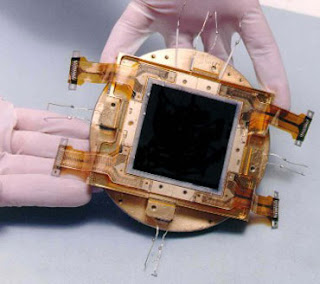A telescope, both as a scientific technology device or piece of hobby equipment, can serve a lot of purposes and come in a broad array of prices and qualities of technology—taking into consideration value for what you pay. When considering your most profitable and practical telescopic lens and camera imaging technology, Charged Couple Device (CCD) technology differentiates from other photo or video-recording imagery technology as it takes imagery of light, and then converts it into data—or a digital image. This is especially desirable by both hobbyists and professionals (scientists) alike because when using a telescope you are attempting to capture imagery of objects at extraordinary distances away from the origin of capture—Earth.
A CCD Sensor for your telescope is desirable, as seen in products such as the Nightscape CCD Camera, because it combines color images through a one shot or video process, and then utilizes sophisticated technology and included software to convert the image to your liking along with necessary light and noise minimization or modification. Using a CCD Sensor for your telescope also offers a higher frequency of detailed, effective imaging of a broad range or wide imagery such as when observing or attempting to take imagery of a multitude of stars or planets—dependent upon the resolution and quality of your telescope.
A CCD Sensor for a telescope will often be utilizing the image values of color, light, and darkness to combine and provide the most desirable, accurate imagery depicting observations and recordings of stars and other parts of the solar system visible to a telescope. Most CCD Sensor technology used in telescopes include internal thermo-cooling devices and software already built-in to ensure consistent performance and quality of the imagery captured. These sensors are then, suffice to say, fairly self-sufficient and powerful.

Комментариев нет:
Отправить комментарий